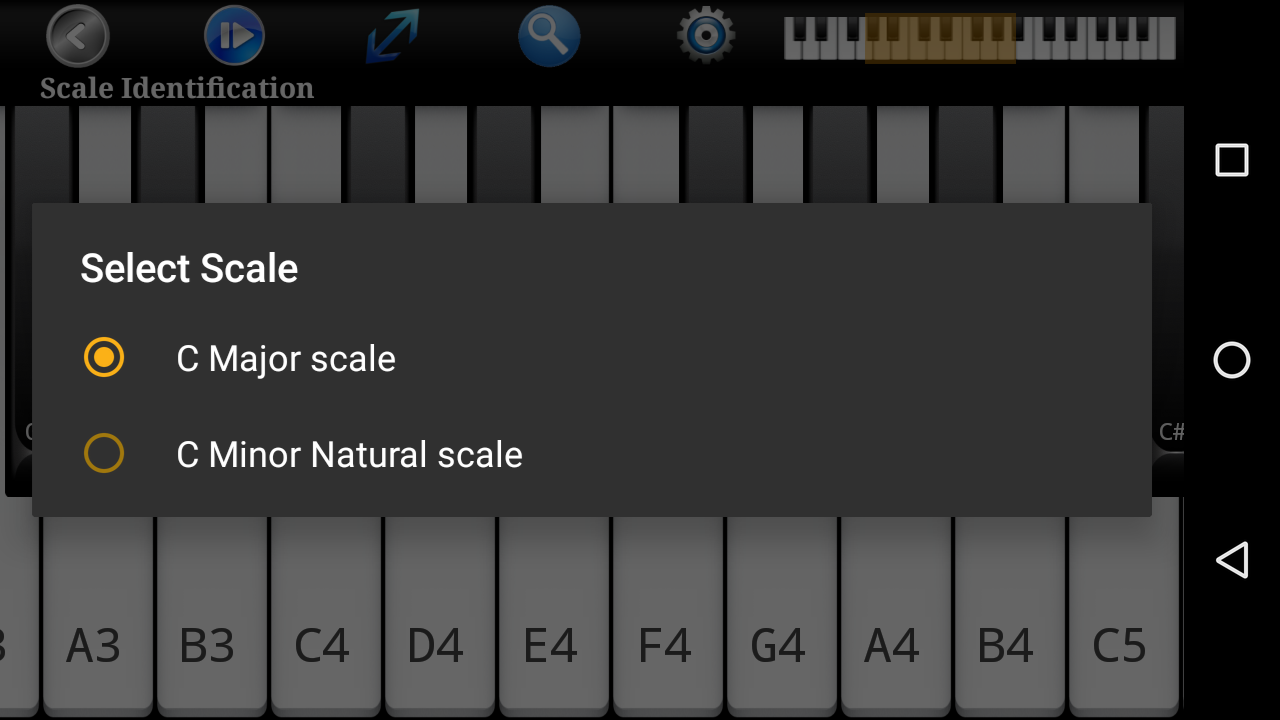

Similarly, choose a passage from your repertoire, and instruct students to perform specified words, notes, or measures “internally.” Perhaps you do the first bar aloud, become silent in bars two and three, and then sing measure four aloud. Try Head, Shoulders, Knees, and Toes leaving out one more body part each time.


Each time you repeat the song, replace one additional word with a rest. A great way to develop this skill begins by singing a familiar song several times in a row. The ability to audiate – or hear music during complete silence – requires practice. My students always enjoyed it when I snuck in a popular tune, giving the instructions “keep singing along, but raise a hand as soon as you figure out what the song is.” Try something fun like sol-fa-mi-re-re-do-mi (Katy Perry’s Firework) or la-sol-la-sol-la-sol-mi (the hook from Lin-Manuel Miranda’s Alexander Hamilton). If your singers are proficient with Curwen hand signs, you can lead them through melodies without notation, entirely a cappella. For advanced groups, try two patterns at once – one for treble singers, the other for changed voices. Eventually, move on to longer sequences, more difficult intervals, and less predictable melodies. Play a three- or four-note melody on the piano and ask singers to sing it back on a neutral syllable such as “la” or “loo.” At first, patterns should be simple (step-wise, outlining a triad, in conservative ranges, and tuneful). try the activity in canon, which requires students to perform one pattern while simultaneously listening to the next echo percussive consonant patterns to reinforce diction skills advance to brief melodies (sung on solfège) to work on pitch invite standout students to lead. There are plenty of creative extensions: throw in some body percussion such finger snaps, foot stomps, thigh pats, tongue clicks, etc. Choose age-appropriate rhythms or (even better) motives selected from your current repertoire. It’s as simple as clapping a rhythm for the class and inviting them to clap the pattern back. Many teachers use this activity for classroom management. Here are ten easy ear-training exercises that will improve the musicianship of choral singers. While time is often tight, and concert schedules tend to dictate priorities, there are countless benefits to incorporating skill-building activities whenever you can. As a former high school choir director, I recognize both the challenges and rewards of teaching aural skills within the context of large group rehearsals. Curated from Smartmusic’s Music Educator Blog – by Andy Beck.


 0 kommentar(er)
0 kommentar(er)
